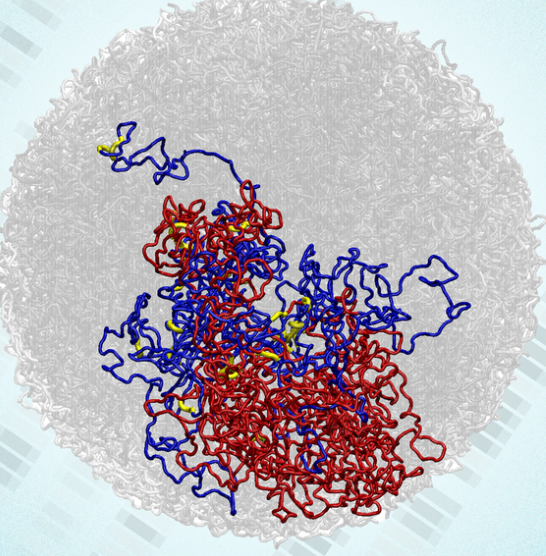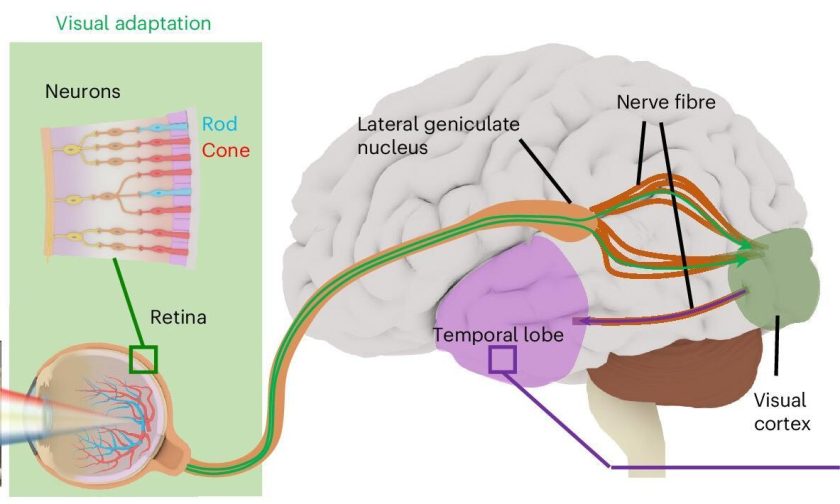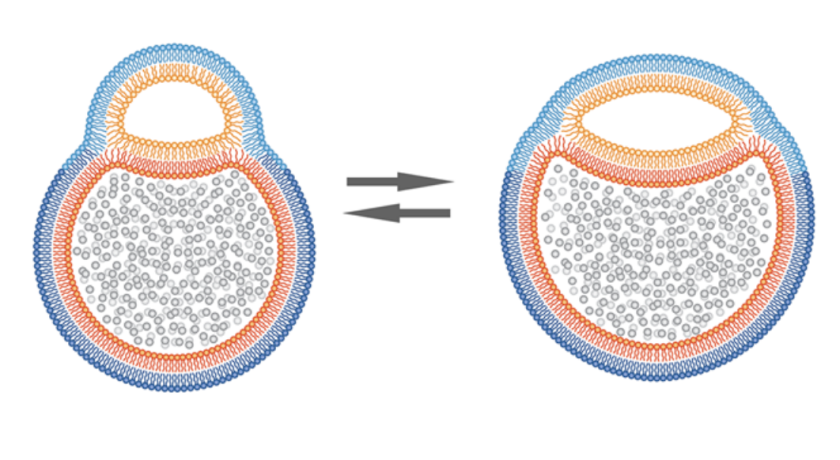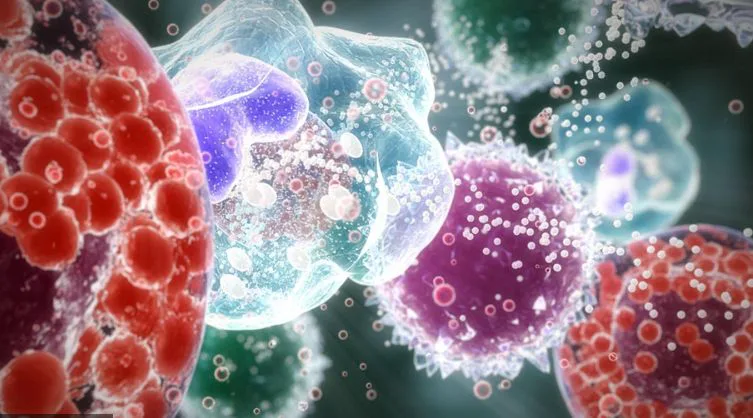
Immune system’s ability to distinguish between infections and inflammation is pretty much fascinating. The combination of mechanisms and signals is quite intrigue. And scientists feel there is much to explore. This clearly shows how sophisticated our body’s defense mechanisms are.
Our immune system has been protecting us from a wide range of threats. And yet at the same time evolving over a span of millions of years.
This complexity and sophistication not only inspire awe in us. But it also drives scientists in further exploration and research in the field of immunology.
As of now, we understand that immune cells navigate through infections and inflammation by:
- sensing chemical signals,
- recognizing molecular patterns,
- communicating with other cells, and
- using adhesion molecules and receptors
But how do our immune cells know which way to go?
In an international collaboration, scientists from the Sixt group and the Hannezo group at the Institute of Science and Technology Austria (ISTA) have tried to shed light on the collective migration of immune cells through complex environments.
Dendritic Cells
When it comes to our immune system, dendritic cells (DCs) hold a very important role. They act as a bridge between the two states, that results due to the body’s rapid reaction to invaders, which are:
- the initial innate response
- adaptive response
The defense mechanism not only aims pathogens but it also creates a memory to fend off future attacks. Therefore, DCs diligently scan our body’s tissues in search of potential intruders.
They kick into action, in presence of any infection. And immediately make their way to the lymph nodes. Immune responses are coordinated here. In a way, lymph nodes are like strategic command centers in the body.
The journey of these vigilant DCs towards the lymph nodes is guided by chemokines.
Chemokines are signaling proteins released by the lymph nodes.
Conventionally, it was thought that immune cells, such as DCs, would navigate toward regions of elevated chemokine concentrations.
However, recent groundbreaking research conducted at the Institute of Scientific and Technological Advancements (ISTA) says otherwise.
The research suggests that instead of following the chemical gradient (set by chemokines), the immune cells appear to actively generate their own guidance systems.
CCR7 Unveiled
Researchers put receptor “CCR7” under scrutiny. CCR7 is a chemokine receptor. It helps in guiding immune cells to lymph nodes.
In the words of Jonna Alanko, from Michael Sixt’s lab, elucidates, “We discovered that CCR7 not only detects CCL19 but also actively participates in shaping the distribution of chemokine concentrations.”
CCL19 is a chemokine, which is expressed in lymph nodes. Like other chemokines, CCL19 helps in regulating immune cell migration and positioning.
Self-generated Chemotactic Gradient
Through various experimental methods, scientists demonstrated that dendritic cells (DCs) absorb as well as internalize chemokines via the CCR7 receptor. Consequently, it leads to the localized reduction in chemokine concentration.
The immune cells are able to create chemical gradient by absorbing and internalizing chemokines. In the process, they are giving effect to lower chemokine concentrations behind them. While shedding higher concentrations in the direction of their movement. The trajectory is generally towards lymph nodes or sites of infection.
This self-generated chemotactic gradient helps immune cells maintain their:
- directionality and
- migrate effectively.
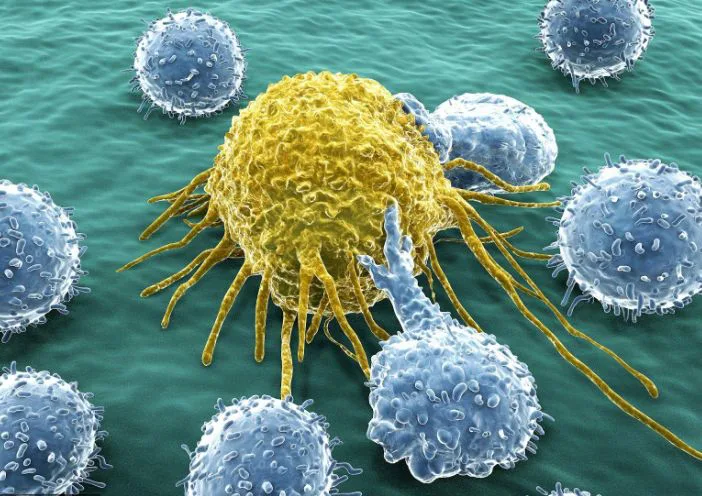
Cells’ Collective Dance and T-Cells’ Tactical Maneuvers
In a collaborative effort, Alanko and colleagues partnered with theoretical physicists Edouard Hannezo and Mehmet Can Ucar, both at ISTA.
They developed computer simulations that replicated Alanko’s experiments. And it revealed the following conclusion:
Dendritic cell movement relies not only on their individual chemokine responses but also on the density of the cell population.
The investigation also surfaced that while combatting harmful pathogens, T-cells too makes use of this dynamic interplay. That is, to elevate their own journey toward their intended destination, T-cells also employ the self-generated chemotactic gradient.
Takeaway
Discovering like these makes us realize how little we know about the cellular locomotion.
Contrary to long-held beliefs, immune cells don’t merely respond to chemokines passively. But they also pave their way by ingesting these chemical signals.
It is super interesting to understand how these chemical cues presents an exquisite strategy in guiding fellow immune cells.

